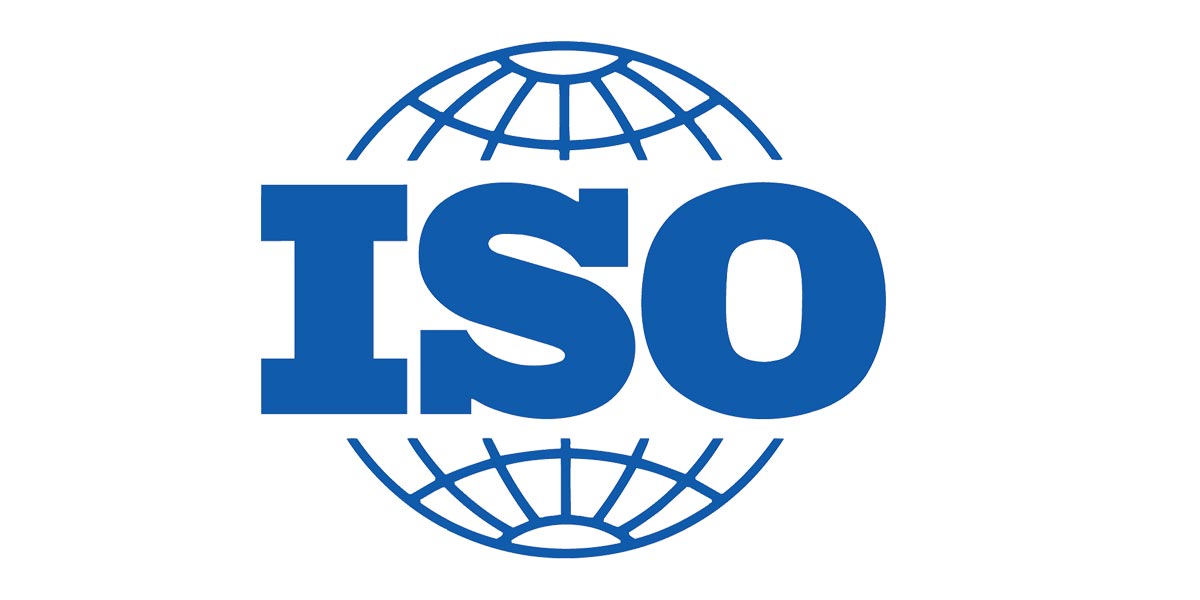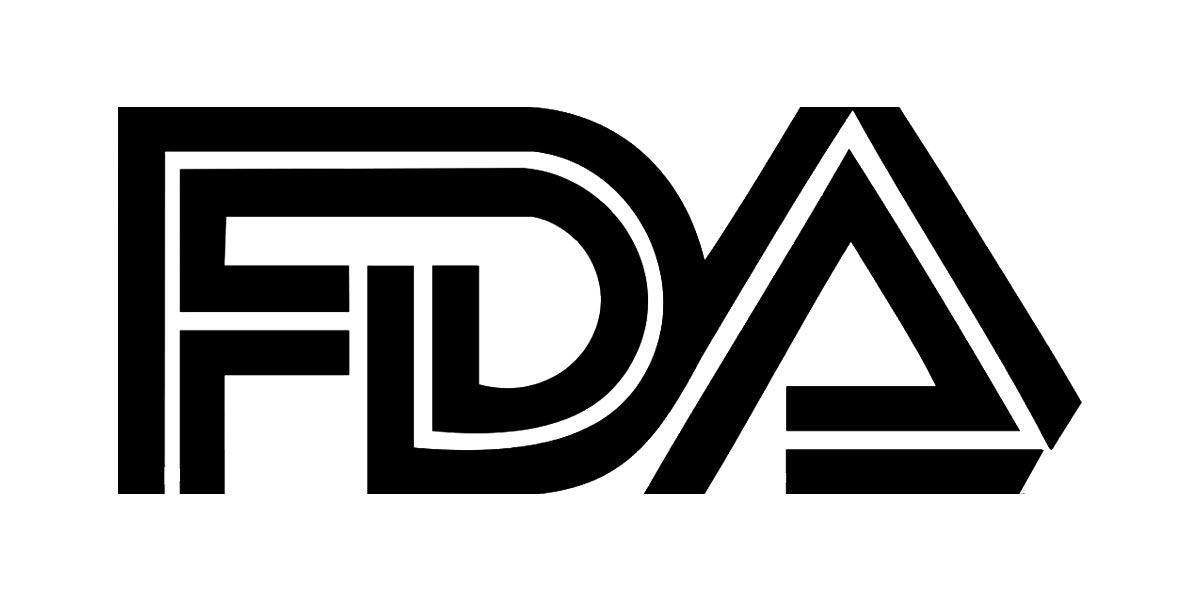In the context of globalization, the international trade of cosmetics is continuously growing, and South America, as an important market, is attracting more and more international cosmetic companies. However, to successfully export cosmetics to South America, companies need to follow a series of complex procedures and regulations. This article will explore the general procedures required for exporting cosmetics to South America, to help businesses understand and prepare for the challenges and opportunities in this market!
Quality Inspection and Certification
Before exporting, cosmetics must meet the quality standards and regulatory requirements of the target country. Ensuring the stability of cosmetics under different conditions (such as temperature and humidity) is crucial to guarantee product quality and safety. It’s essential to ensure that all ingredients in the product comply with relevant safety standards and avoid using prohibited or restricted substances.
Clearly label all ingredients on the product packaging using International Nomenclature of Cosmetic Ingredients (INCI) names, and ensure compliance with labeling regulations of the target country, including language requirements, font size, etc. Obtain certifications that comply with the requirements of the target country, such as ISO certification, product inspection reports, etc.
Export License
Some countries require exporters to obtain an export license or register for export with relevant government departments. The specific requirements for export licenses vary by country and must be processed according to the requirements of the target country. It is advisable to consult with professional advisors before exporting to ensure compliance with relevant regulations.
Cosmetics need to be registered with the Food and Drug Administration (FDA) but do not require premarket approval. However, products must comply with FDA labeling regulations, including requirements for ingredient lists, warning statements, and other safety requirements.
Product Labeling
Different countries and regions may have varying labeling requirements, so it’s essential to review the relevant regulations and standards of the target country before exporting to South America to ensure compliance with product labeling. When exporting cosmetics to South America, product labeling typically needs to adhere to the following general requirements:
Customs Declaration and Clearance Procedures
During the export process, it is necessary to declare the export goods to both the exporting country and the destination country’s customs authorities and to complete the customs clearance procedures according to the destination country’s requirements.
Transportation Method and Packaging Requirements
Arrange for the transportation of goods to the destination country, ensuring compliance with shipping regulations and any special requirements for the transportation of cosmetics (e.g., temperature control for sensitive products). Based on the nature of the goods and the requirements of the destination country, choose the appropriate mode of transportation and packaging. Cosmetics typically require special packaging and protective measures during transportation to ensure product quality and safety. Properly pack the cosmetics and arrange for transportation with the carrier (airline, freight forwarder, etc.). Ensure necessary customs clearance procedures are completed before loading the goods.
Pay Duties and Taxes
According to the regulations of the destination country, pay applicable duties, import taxes, and other fees. You may need to collaborate with local freight forwarders or customs brokers to determine the correct tax rates and amounts due. These fees can impact the final price and competitiveness of the cosmetics. Once the goods clear customs smoothly, deliver them to the importer or distributor in the destination country. Ensure compliance with the delivery requirements of the destination country and retain all relevant delivery documents and receipts.
Comply with the regulatory requirements of the target country
Many South American countries require cosmetics to be registered before importation and sale. This typically involves submitting detailed information about the product formulation, safety data, labeling, and manufacturing processes. It’s crucial to have a thorough understanding of the regulations and requirements of the target country and ensure that the product complies with relevant standards. Before exporting, thoroughly research the regulations and requirements of the target country and collaborate with local professionals to ensure the product’s compliance.
Following the correct procedures and formalities is crucial when exporting cosmetics to South America. By understanding the regulatory requirements of the target countries and collaborating with local experts, you can ensure the success of your products in the South American market. Therefore, for cosmetics companies looking to enter the South American market, understanding the importance of these procedures is paramount.




